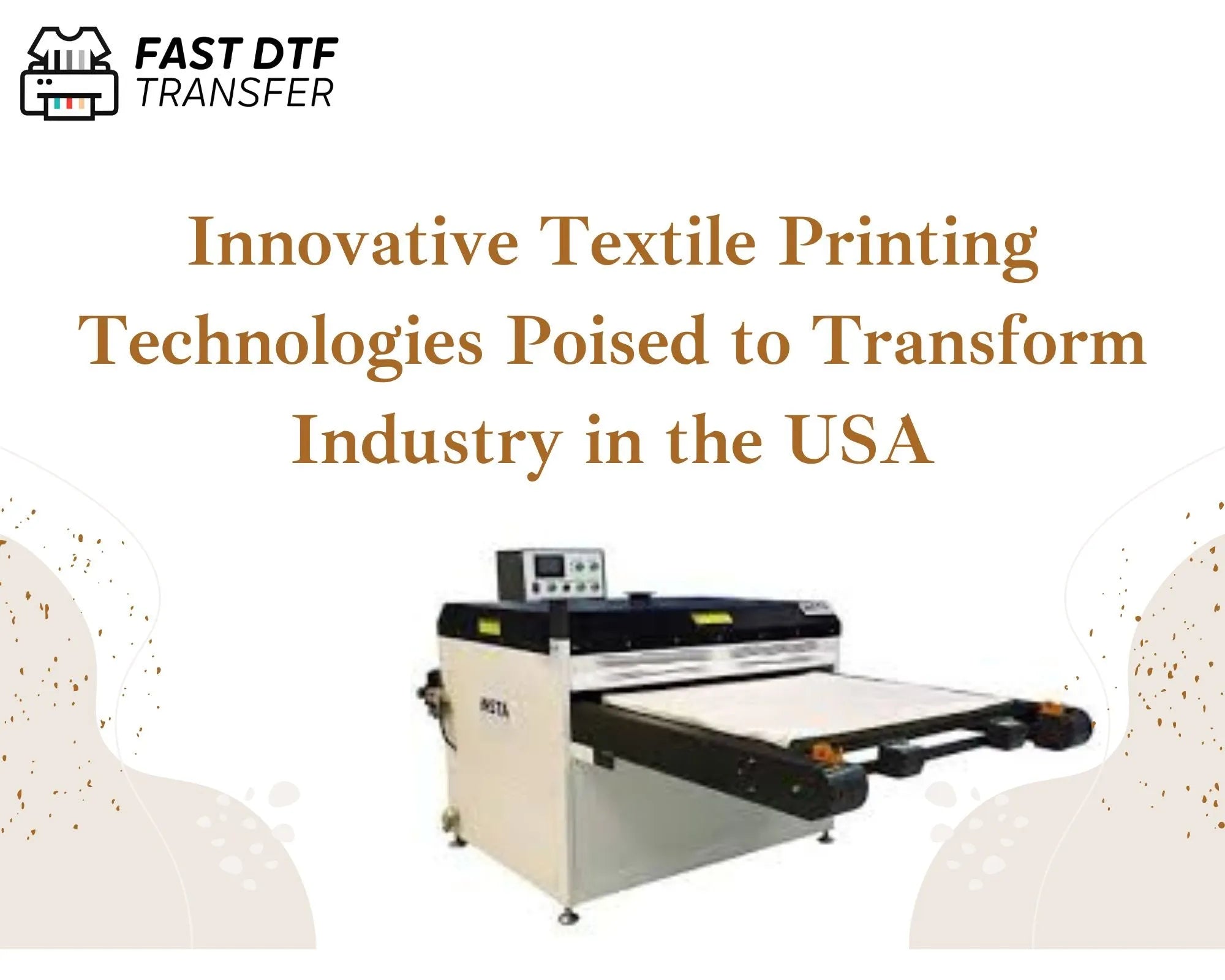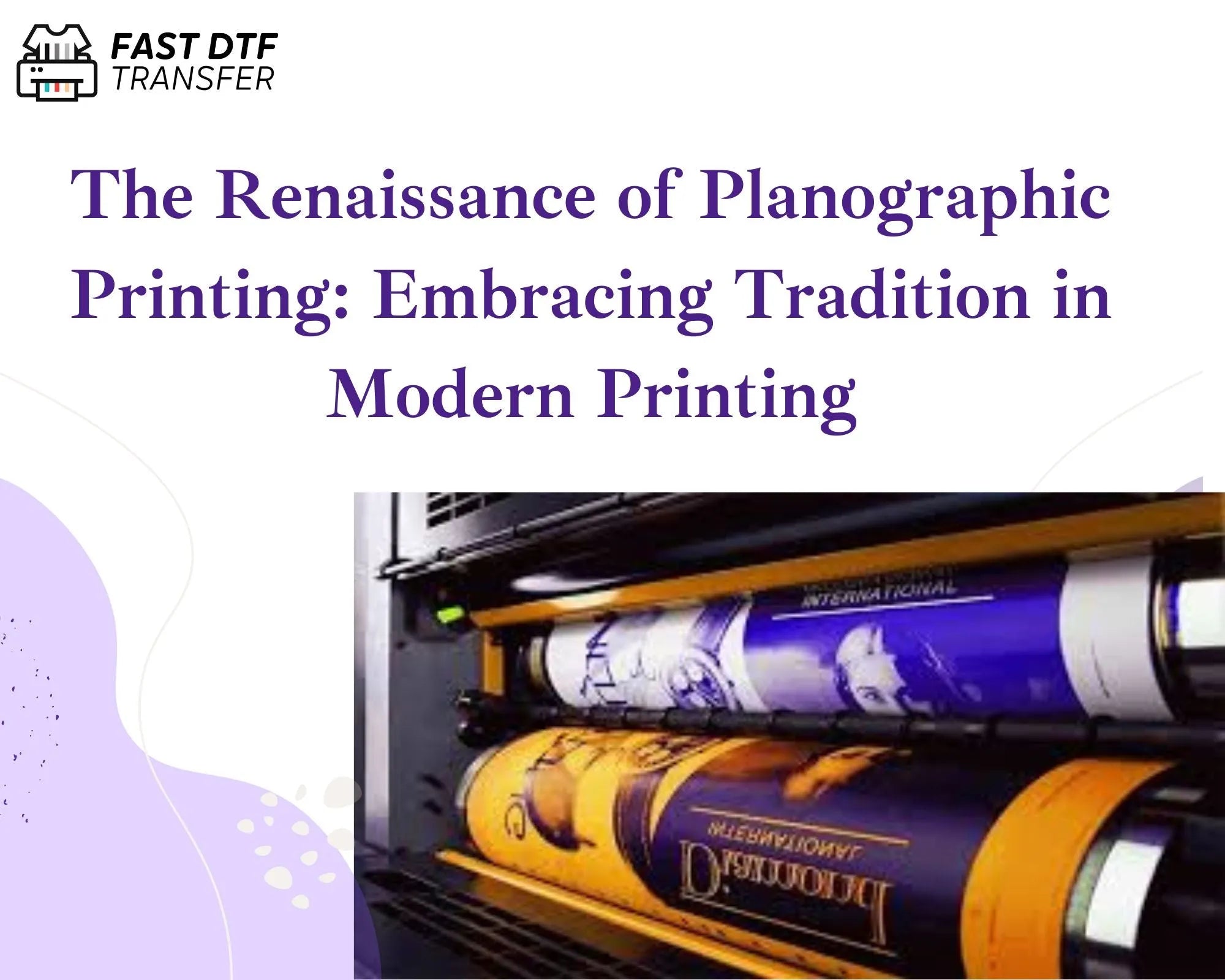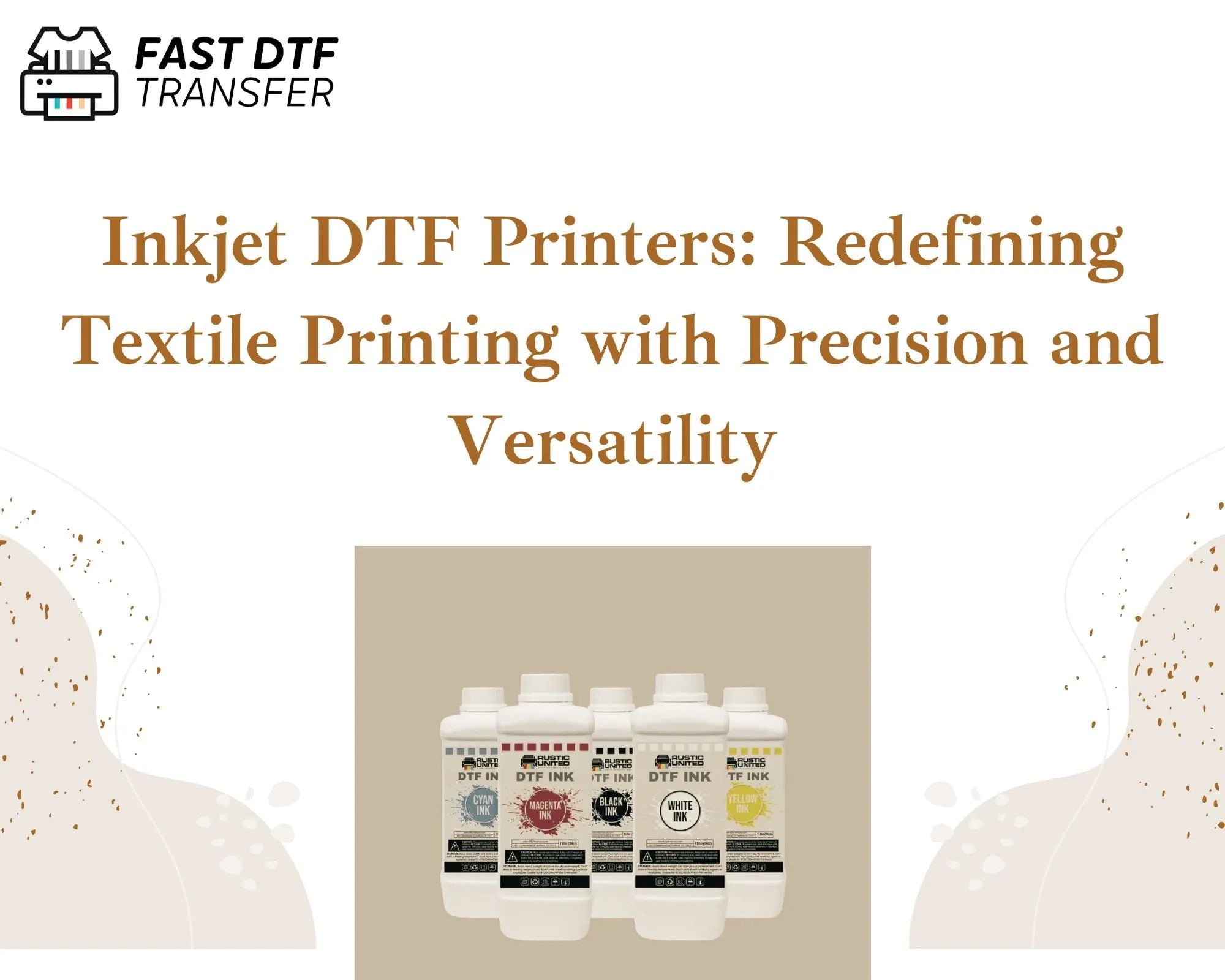
Innovative Textile Printing Technologies Poised to Transform Industry in the USA

The textile printing industry in the USA is undergoing a significant transformation, driven by cutting-edge technologies. These innovations are improving efficiency, sustainability, and opening new creative possibilities for designers, manufacturers, and consumers alike. Below are the most promising textile printing technologies that are set to revolutionize the industry:
1. Digital Textile Printing
Digital printing has already made a major impact on the textile industry, and its role continues to grow. Unlike traditional methods, digital printing applies designs directly onto fabric using inkjet technology. This results in precise, vibrant prints with fewer restrictions on design complexity and color. Digital textile printing is especially beneficial for small-batch production, custom designs, and eco-friendly businesses, as it uses less water and energy than traditional printing methods.
2. Sublimation Printing
Sublimation printing is becoming more popular, especially for polyester fabrics. The process involves turning solid dye into gas using heat and pressure, allowing it to permeate the fabric and create vivid, long-lasting prints. This method is perfect for all-over prints and sportswear, giving businesses the opportunity to produce high-quality designs with minimal waste.
3. Direct to Film (DTF) Printing
DTF printing is a new technology gaining attention in the textile industry. It involves printing designs onto a film, which is then heat-pressed onto fabric. DTF printing delivers excellent color accuracy, durability, and versatility, making it suitable for a variety of fabrics, including cotton and polyester blends. It is particularly favored for custom apparel and promotional products due to its ability to print intricate designs with fine details.
4. 3D Textile Printing
3D textile printing is an emerging trend that is pushing the boundaries of the textile industry. This technology creates textured, three-dimensional designs on fabrics, offering limitless possibilities for fashion, home decor, and automotive textiles. 3D printing enables more complex patterns, providing designers with innovative ways to enhance both functionality and aesthetics.
5. Inkless Printing Technology
Inkless printing, which uses heat and pressure to create designs directly on fabric without the need for ink, is a highly promising and eco-friendly technology. This approach minimizes the use of chemicals and dyes, making it a sustainable option for the environment. Though still in its early stages, inkless printing shows great potential for industries looking to reduce their carbon footprint while producing high-quality prints.
6. Laser Printing
Laser printing provides a precise and efficient way to engrave designs onto textiles. Unlike traditional printing methods, laser printing does not require ink or chemicals, making it a cleaner and more sustainable option. The laser vaporizes the surface of the fabric, creating intricate, accurate patterns. This method is becoming increasingly popular in high-end fashion and bespoke clothing markets.
7. Hybrid Printing Technologies
Hybrid printing combines the strengths of multiple techniques, such as screen printing and digital printing. This integration allows hybrid printers to produce a broader range of options, from more vibrant colors to faster production times and enhanced precision. Hybrid printing is ideal for both small-batch custom prints and large-scale production runs.
Conclusion
Innovative textile printing technologies are changing the landscape of fabric printing in the USA. From eco-friendly methods like inkless and digital printing to advanced techniques like 3D and DTF printing, these technologies offer new opportunities for creativity, efficiency, and sustainability. As they continue to evolve, they promise to transform the textile printing industry, enabling manufacturers to meet the growing demand for high-quality, customized products while minimizing their environmental impact. The future of textile printing in the USA is brighter than ever, with these advancements leading the charge.
Frequently Asked Questions (FAQ)
1. What is digital textile printing?
Digital textile printing is a method that uses inkjet technology to apply designs directly onto fabric. It allows for precise, vibrant prints with fewer limitations on design complexity and color, making it ideal for small-batch production and custom designs.
2. What fabrics can be used with sublimation printing?
Sublimation printing is primarily used on polyester fabrics or fabrics with a high polyester content. It works best for items like sportswear, t-shirts, and home decor.
3. How does Direct to Film (DTF) printing work?
DTF printing involves printing a design onto a special film, which is then heat-pressed onto fabric. This method allows for excellent color accuracy, durability, and versatility, and works well with a wide variety of fabrics, including cotton and polyester blends.
4. What is 3D Textile Printing Technologies?
3D textile printing is a technology that allows for the creation of three-dimensional designs and textures on fabric. This innovation is ideal for fashion, home decor, and automotive textiles, offering designers the ability to create intricate, layered patterns.
5. What are the benefits of inkless printing technology?
Inkless printing uses heat and pressure to create designs on fabric without the need for ink, reducing the use of chemicals and dyes. This method is eco-friendly and can be a more sustainable option for businesses looking to reduce their environmental impact.
6. What is laser printing in textiles?
Laser printing is a method where a laser vaporizes the surface of the fabric to create intricate designs. It doesn't require ink or chemicals, making it an eco-friendly option for high-end fashion and bespoke clothing, offering precise and detailed patterns.
7. How does hybrid printing differ from traditional printing methods?
Hybrid printing combines the benefits of multiple printing techniques, such as screen printing and digital printing. This allows for more vibrant colors, faster production times, and greater precision, making it ideal for both small custom orders and large-scale production runs.
8. What is the best printing technology for eco-friendly businesses?
For eco-conscious businesses, digital textile printing, sublimation, and inkless printing are some of the best options. These methods use less water, energy, and chemicals compared to traditional printing methods, making them more sustainable choices for fabric printing.
9. Is 3D Textile Printing Technologies suitable for mass production?
While 3D Textile Printing Technologies offers innovative and intricate designs, it is currently more suitable for niche markets such as high-fashion or home decor. Mass production with 3D printing is still in its early stages, as it can be more time-consuming and costly than other methods.

